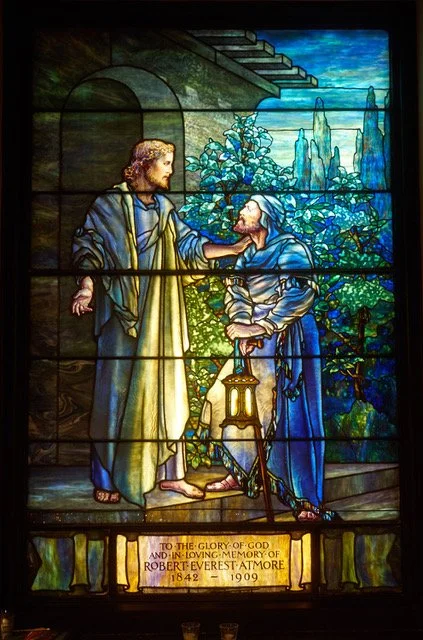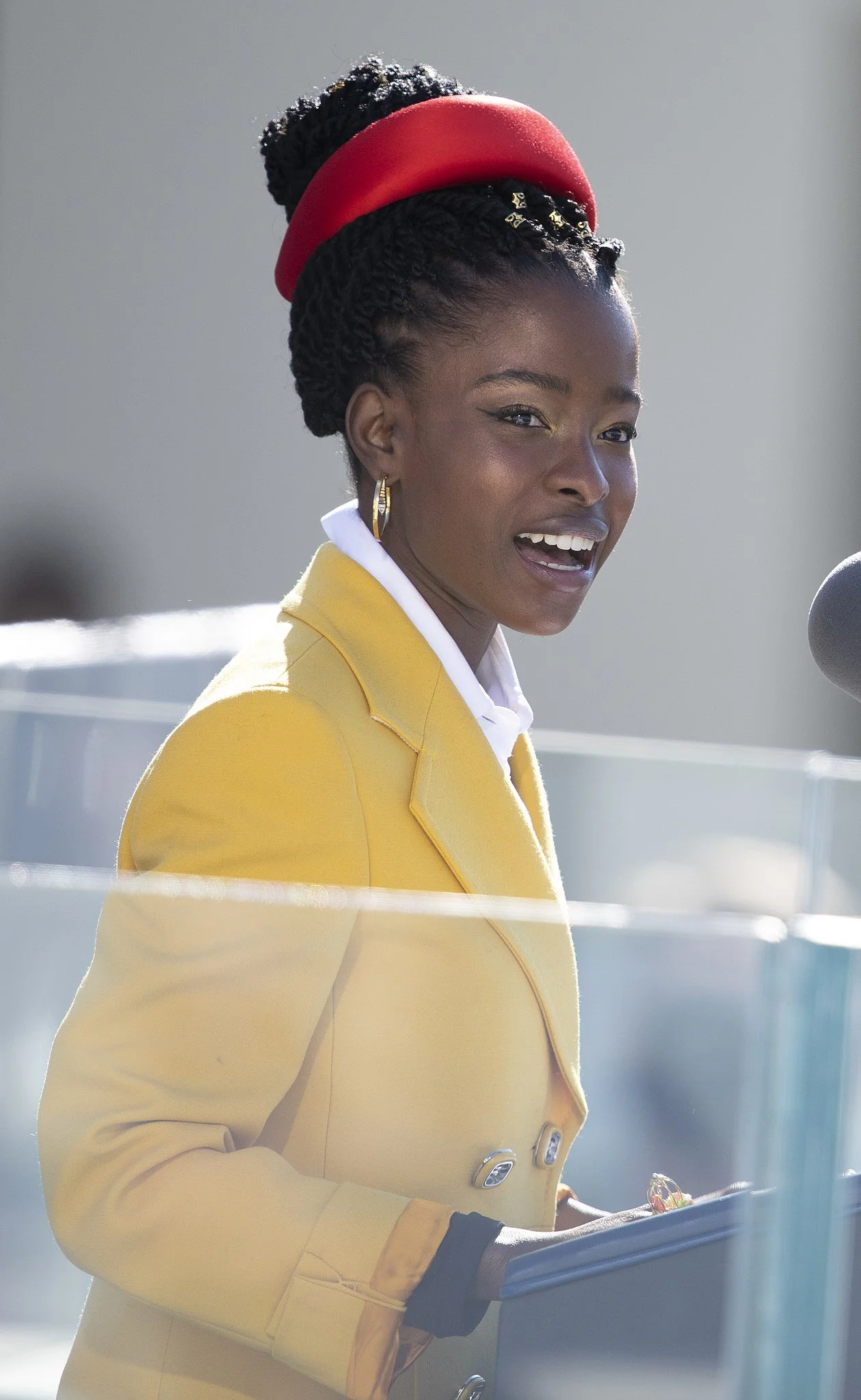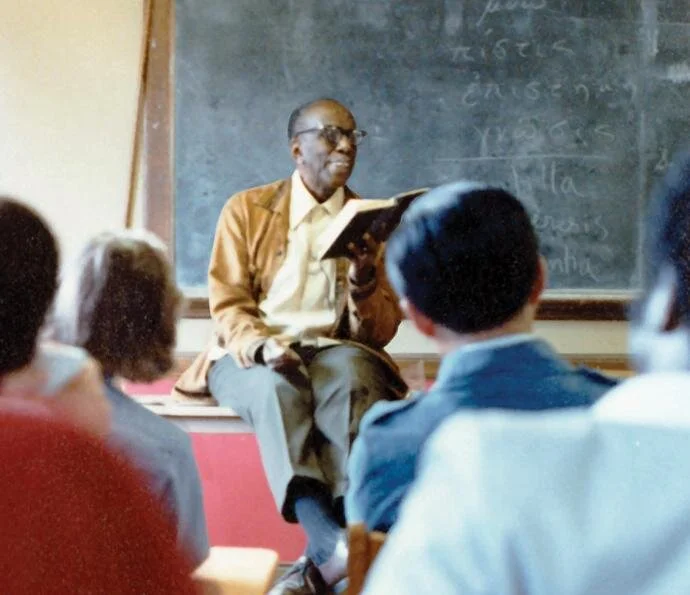Friday Reflection Part II: Affirmations in Crisis–St. Stephen’s and pandemic 1918 and 2020
Still in lockdown, my re-reading of St. Stephen’s parish newsletter of late 1918 differs dramatically from that two years ago (philadelphiastudies.org; thanks, Mike K.!). Especially after I explored the influenza pandemic then gripping the city. I was stunned. That broader story enriches all aspects of St. Stephen’s response, and raises timely issues for us now—even beyond pandemic.
Most commentators claim Philadelphia was the hardest hit city in the country. Some estimate the pandemic struck half a million people and killed 16,000 here.
We’re also often cited for the worst handling of the crisis.
Philadelphia had enthusiastically supported the Allies even before the US entered World War I in 1917, when the Navy Yard went into high gear with troops steadily arriving. Spain reported a new influenza spreading through Europe in spring 1918. On September 6, an infected US naval ship from the disease’s American epicenter, Boston, entered the Philadelphia Navy Yard, rapidly spreading the virus on-base and into city hospitals. The city lacked leadership: Its mayor had been arrested recently for conspiracy to commit murder. Even knowing about the outbreak, the Director of Public Health Dr. Wilmer Krusen did not cancel a 4th fund-raising parade for the war on September 28. This one was huge: 200,000 flooded the city streets for a two-mile-long procession—apparently bearing infection. 200,000 cases were soon diagnosed. As the numbers exploded in early October, Dr. Krusen only gradually and selectively banned public activity, including large religious services, as for the pandemic of 1890. Medical and public health officials frantically established temporary hospital space, recruited medical students to replace physicians at the warfront, and welcomed even cloistered nuns as nurses. The latter were needed everywhere: with this pandemic the City of Brotherly Love abandoned its tradition of neighborly help. We find reports of over 700 dead in one day. Many met the fate of earlier plagues: rotting in homes, streets, dumped anonymously in trenches in Potter’s Field.
Yet, between the virus’ rapid mutation into milder forms and some successful vaccines by mid-October, the wildfire waned. Religious services resumed on October 26. The tide turned in November, with outbreaks well into 1919.
Episcopal churches were divided about the ban on services, however brief, with small worship groups permitted. According to The Living Church (October 26, 1918), one camp led by The Rev. Dr. Floyd W. Tomkins, rector of the Church of the Holy Trinity, publicly protested the ban at a time of greatest need: “Such trouble calls for renewed and redoubled public prayer and worship.” Many, claimed the group, were appalled by the denial of this consolation, this centuries-old religious leadership in crisis. By following the public-health regulation, they contended, the Church was failing in its most essential mandate.
St. Stephen’s formidable rector Dr. Grammer rejected that stance.
The Rev. Dr. Carl E. Grammer
In a revealing letter in the newsletter mentioned before, he explained his public support for the lockdown. He’d been shocked by the massive number of dead he’d seen at undertakers’ facilities and Blockley (charity hospital in W. Philadelphia). Their reports of 2,000 fatalities in three weeks and the virulence of the disease, he said, sharpened his priorities. As President of the Inter-Church Federation, he led a deputation of Protestant churches to Dr. Krusen’s office to commend the ban amidst his colleagues’ objections.
As Dr. Grammer later argued to his congregants, “God has revealed Himself to us as an omnipresent spirit who can be approached in the closet as well as in the Church.” People are not deprived of religion in being briefly deprived of their church, he maintained. Moreover, though uncomfortable, this sacrifice was for the welfare of others, one that God would accept.
St. Stephen’s itself had been touched by the “plague,” as he called it, but only lightly: 20 residents and the housekeeper at the Burd School fell sick but recovered, thanks to a parishioner who was a trained nurse.
Other casualties, however, paralyzed a major church enterprise underway. Because the project head and families of the crew fell ill, work stopped on Tiffany’s radical redecoration of the church interior begun in 1917 with the chancel.
In late 1918, the church was a construction site, useless for worship. There were no alternatives: The Burd School chapel on its second floor was inaccessible for the aged and “ill-adapted” for “dignified” worship, Dr. Grammer said. Unlike other churches, St. Stephen’s was completely closed for worship and for longer.
Even without such practical limitations, Dr. Grammer’s arguments are revealing. In light of his celebration of the physical church through ambitious remodeling, I’m struck by his alternative celebration of God’s presence elsewhere. Crisis, he suggested, affirms the reality, the solace, of divine omnipresence. A church normally contributes profoundly on key dimensions. Claiming beauty as part of the sacred itself, Dr. Grammer asserted of his own remodeled church: “St. Stephen’s will be a shrine of beauty as well as of worship and of truth.”
The Tiffany Interior of St. Stephen’s in 2018
Especially as radio and television broadened the church’s reach after 1918 and we now explore the internet’s vast potential for virtual church life, I ponder Dr. Grammer’s words about essentials highlighted in crisis. Once the church doors reopen, I’ll see the Tiffany interior with new eyes, remembering its arrested birth in pandemic and its key role then in a crucial argument about the physical church, worship, and religion. That debate raises issues as central to everyday as to the 1918 lockdown. Yet so does Dr. Grammer’s affirmation of God’s omnipresence. The good rector focused on place but omnipresence also means in time. Imagine the possibilities.
—Suzanne Glover Lindsay, St. Stephen’s historian and curator
About Friday Reflections:
Every Friday, Father Peter and Suzanne Glover Lindsay share written reflections highlighting a particular theme. This week's Friday Reflection explores the topic Gaining Some Perspective. Check out Friday Reflection Part I, where Father Peter discusses the Memphis Martyrs












